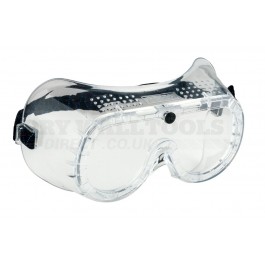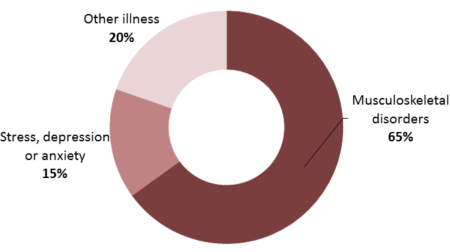Health & Safety When Plastering
Every year hundreds of plasterers in the UK are injured whilst working due to health & safety negligence. Basic health and safety regulations and standards have been developed over the years, and it goes without saying that these need to be followed with precision to avoid potentially serious injuries.
Working in any trade from plumbing to plastering comes with potential danger and even potential fatality. The construction industry sees 80,000 workers suffering from ill health each year, over half of those being musculoskeletally related. The construction industry is also the highest ranking industry related to occupational cancer deaths with around 3,500 a year - mostly caused by the exposure to asbestos. These statistics are more reason to take your health & safety in the construction industry and plastering more seriously than ever.
First and foremost before any work of any kind of work is carried out, a risk assessment should be done for every aspect and area of your project. Analysing potential hazards is the key to creating a safe working environment and will come as second nature to experienced plasterers. Carrying out a risk assessment isn't about mountains of unnecessary paperwork it's about concisely determining the potential hazards, the level of risk these hazards include and how you can actively take precautions to prevent them from happening.

PPE (Personal Protective Equipment) is another health and safety basic for plasterers. Those specific to plasterers include odour masks, ladder safe shoes & protective eyewear. PPE is imperative in the plastering and is used to prevent many high-risk hazards that occur in the plastering industry. From ladder safety using hard gripping boots to eye protection to protect your sight from dust and potential airborne plaster, glue etc.
Falling from a height is the most common cause of fatalities on construction sites, plasterers work 9 times out of ten at a height which means that plasterers are extremely vulnerable to this risk. Before climbing the ladder there are several, height related, risks you must look out for and make your co-workers aware of including overhead cables, ensuring your ladders are secure and only using platforms with adequate training.

As well as working at great heights there is added airborne risks. It is hard to anticipate and risk assess this area of danger can only firstly, be directed by chance during the task you could come into contact with debris including glue and plaster. However, this can be avoided by ensuring you are fully experienced and knowledgeable in the tools you are working with. Secondly, the airborne risks can present themselves in prolonged circumstances with effects commonly on the lungs and eyes, having regular check-ups with your GP can make sure you stay on top of potential internal risks faced with from plastering.
Plasterers are extremely vulnerable to the effects of asbestos due to working closely to walls and ceilings, so being aware of the dangers and levels of prevention you can implement to avoid it, is imperative to your health and safety whilst working. Asbestos is most common in buildings built or refurbished before the mid-1980's and it is important to analyse the level of risk that a building has when starting a new project. Breathing asbestos dust can cause a multitude of serious health issues, the worst being cancer and there are currently no known cures for asbestos-related disease. Prevention is key, and any asbestos materials must be secured and the removal of any asbestos fittings must be done by a licensed contractor, never attempt to remove if you are not licensed to do so. Regular check-ups with your GP will monitor the effects asbestos could be having on your body.
Working in a close proximity to your colleagues on a large plastering project is extremely common but again creates risks and hazards that need to be monitored and recognised to ensure the safety of your team. Firstly, having a fully equipped first aid kit is imperative for any team job, and it is the responsibility of whoever is managing the project to provide and maintain. Secondly, you are likely to be working alongside electricians, plumbers and other tradesmen so a cross trades risk assessment is absolutely vital to ensuring that everybody working together is aware of the risks and dangers involved in working alongside and capable of preventing those.
All of these risks and dangers can be overwhelming to consider but thankfully the threat is always provided with great opportunities for prevention. Following these basic health & safety guidelines will ensure you maintain a safe and secure workplace for yourself and your colleagues. Drywall Tools Direct provide a great range of PPE.
All statistics and further information can be found in the HSE construction statistics report